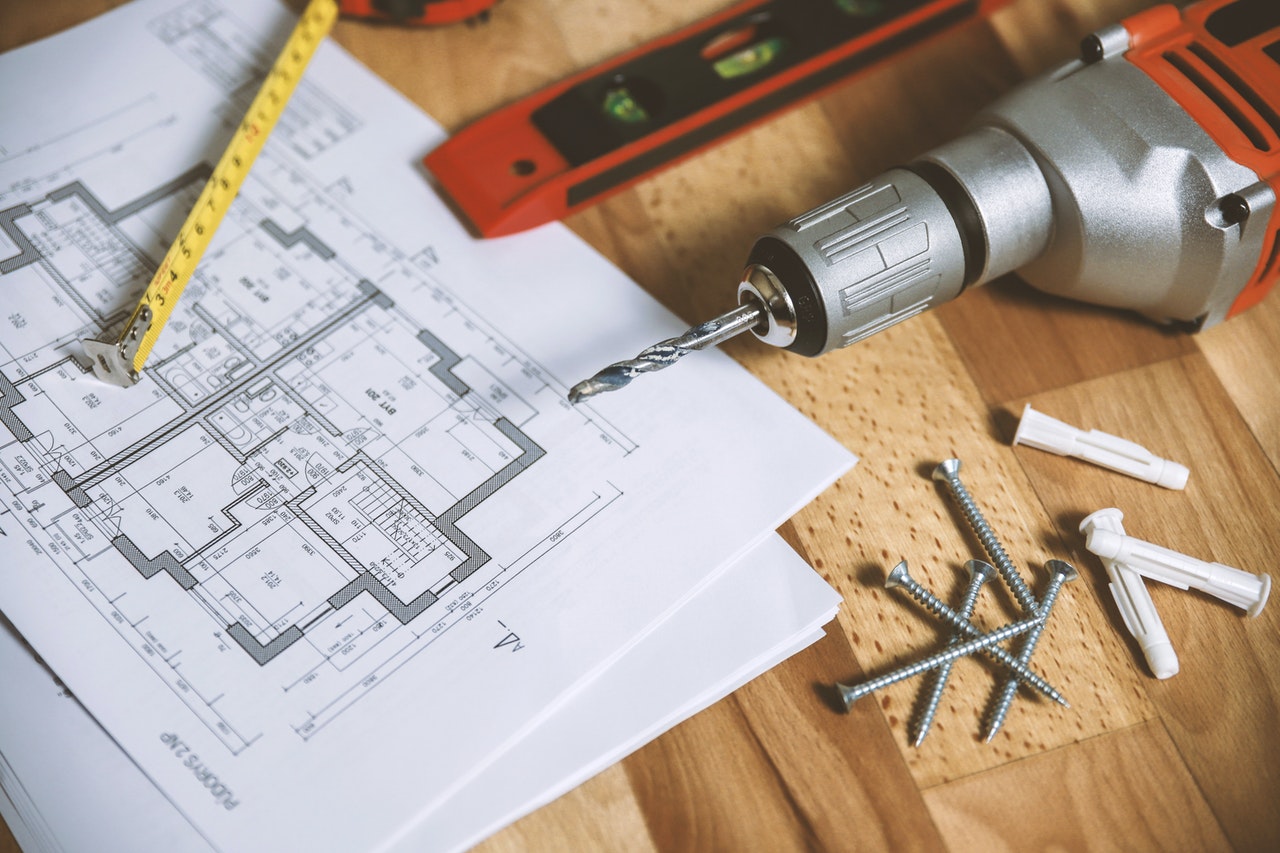Shelter technologies are making the field operations of an army force much safer and brisk. Advanced materials and designs make such innovations imperative in modern warfare. Grasping the elements of such advancement is very vital in maintaining an edge over strategic military planning.
Given the dynamic nature of military operations, a proper valuation of innovative shelter technologies would be impossible. Such progress constitutes an improving factor in the living conditions for soldiers and turns out to provide a strategic edge in several combat situations. This article explores the modern shelter technologies driving changes in military field operations.
Enhanced Camouflage Systems
One of the leading developments within these military shelters has been advanced camouflage systems that have been in development constantly. These are those systems built in such a way that they completely camouflage in the surroundings, making it hard for the enemy to trace the military encampment. A classic example is the advanced ULCANS which makes sure that all military personnel keep themselves hidden and thus minimize the chances of attack that may be launched by their enemy. This is an important element of surprise and safety from any kind of troops being sent into hostile territories.
Durable and Lightweight Materials
Another critical improvement in military shelters has involved the deployment of durable yet lightweight materials. The material is made in a way that it can support extreme weather while at the same time being easy for carriage and assembling. Over the years, there has been a distinct shift toward using composite materials that are touted to have a superior strength-to-weight ratio than traditional materials. For instance, the application of high-performance fabrics in the design of tents provides good protection against extreme weather conditions – without excessive weight. This ensures great mobility and that the installation of shelters can be faster on different kinds of terrain.
Energy-efficient Designs
Energy efficiency has become a major concern with modern military shelter design. Solar panels and other renewable means can be integrated to provide power, hence making the shelters less dependent on other energy sources. In the field or remote areas, the availability of electricity may be limited to non-existent, so this self-sufficiency is huge. Moreover, such energy-efficient designs contribute to the reduction of the overall carbon footprint in military operations, which corresponds to broader environmental sustainability goals.
Smart Technology Integration
Integrating smart technologies into military shelters is another factor that changes the game in field operations. Advanced sensors and communication systems can be placed inside the shelters to deliver real-time data regarding environmental conditions and potential threats. Smart shelters also have automated methods for climate control to keep the living conditions at their optimum for the troops. Thus, situational awareness can be empowered through the use of IoT methods in military sections to aptly respond to every kind of dynamic situation that takes place on any battlefield.







